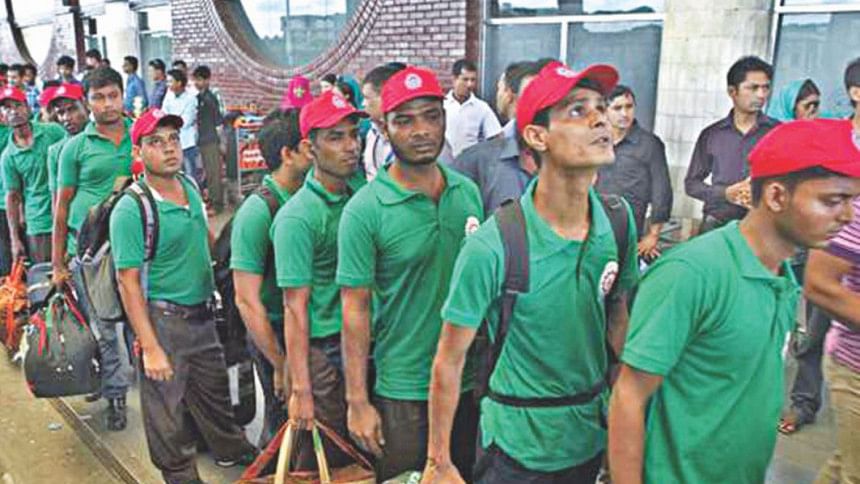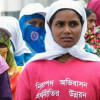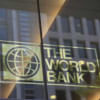Labour migration may exceed pre-Covid levels

The growing number of people from Bangladesh registering for work overseas indicates that international migration from the country may soon surpass pre-pandemic levels, according to a recent report by the World Bank.
Around 600,000 locals registered for overseas employment in the first six months of this year while there was a total of 617,000 migrants in 2021.
In the five-year leading up to Covid-19, the number of people from Bangladesh going abroad for work stood at an annual average of about 750,000.
Besides, the recovery of international migration is somewhat stronger in Bangladesh compared to that of other South Asian countries, as per the report styled "Coping with Shocks: Migration and the Road to Resilience", released last Thursday.
However, data on overseas work permits issued in the first half of 2022 shows that other than Bangladesh, the flow of migration from Pakistan may also surpass what it was in the pre-pandemic era.
Some 400,000 people from the country registered for work abroad in this year's January-June period while the number was just 240,000 in 2021, down 63 per cent compared to an annual average of about 657,000 during the five years prior to Covid-19.
Meanwhile, around 100,000 migrants from Sri Lanka had registered for overseas employment in 2021, which was more than double the number that went abroad the year before.
Around 41.2 million South Asians were living outside their country of birth just before the coronavirus pandemic began in 2019, the report shows.
In certain countries such as Nepal and Sri Lanka, the number of foreign job seekers is close to 10 per cent of their total population.
Additionally, Bangladeshi migrant workers spent an average of more than $3,000 to move abroad before the pandemic, the report shows.
It goes on to say that migration exposes South Asians to various risks because of the precarious labour market conditions that poor migrant workers face.
For example, the legal (visa) status of migrants in Gulf Cooperation Council countries, the most common international employment destination for South Asians, is contingent on their holding temporary jobs in low-skill sectors.
Similarly, poor internal migrants in South Asia work largely in the informal sector, where they lack access to social protection.
In parts of Bangladesh, approximately one-third of households out-migrate temporarily during the pre-harvest lean season.
The flow of migrants represents the interaction of two economic forces: reallocation of labour to places where it is more productive, and adjustment to local economic shocks; both of which are central to inclusive and resilient development.
Despite the importance of migration to individuals and the overall region, migrants in South Asia face considerable barriers to mobility.
The Covid-19 crisis exposed this vulnerability on a large scale as migrants returning home during pandemic-related lockdowns faced multiple hardships.
New survey-based evidence confirms that Covid-19 substantially slowed down new migration flows and created an unprecedented wave of return migration.
Surveys also reveal that return migrants, especially women, struggled to assimilate into the home labour markets, resulting in high unemployment rates among the newly returned migrants.
To ensure that migration can continue to play a key role in development and as a coping mechanism in the face of shocks, two policies deserve priority, the World Bank report says.
First, it is vital to address unnecessarily high costs and frictions in migration, particularly those that might have worsened during the coronavirus crisis.
The second main policy priority for the region is to learn from the pandemic experience and incorporate measures to "de-risk" migration into migration-supporting policies and institutions.
In particular, because many poor migrant workers are employed in informal jobs, reforms to extend social protection to the informal sector should be designed to include migrant workers without deterring mobility.


 For all latest news, follow The Daily Star's Google News channel.
For all latest news, follow The Daily Star's Google News channel. 








Comments